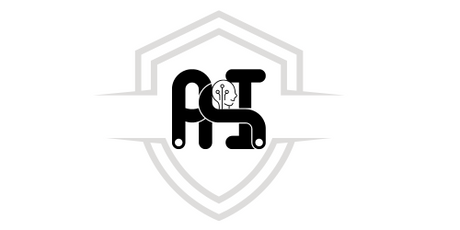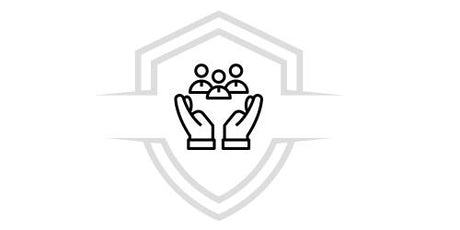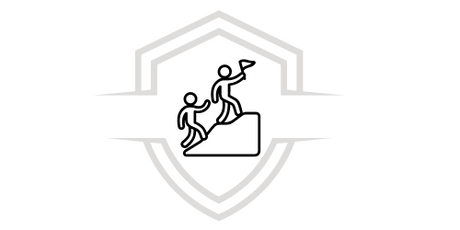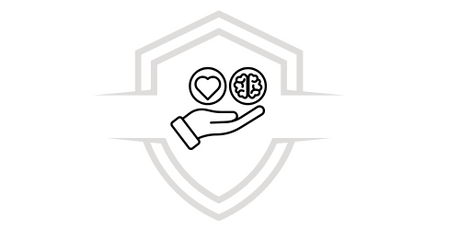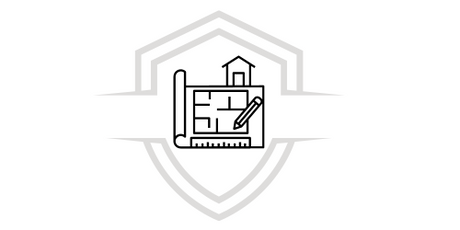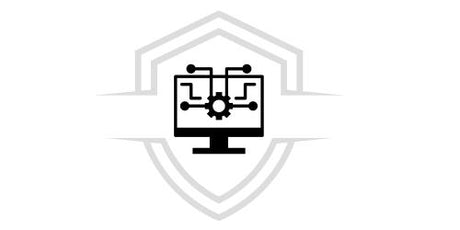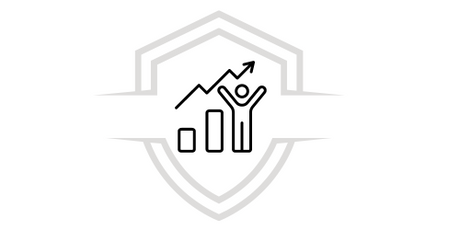Artificial intelligence has revolutionized the way we interact with technology. One of the most powerful tools to emerge from this revolution is GPT (Generative Pre-trained Transformer) models. Traditionally, creating a GPT required advanced programming and machine learning knowledge. However, today, there are platforms and tools that allow anyone, regardless of their technical level, to create their own GPTs .
What is a GPT?
Before we dive into the creation process, it’s essential to understand what a GPT is. GPTs are AI-based language models that can generate human-like text. These models have been trained on vast amounts of data to learn language patterns and structures. As a result, they can perform tasks like writing, translating, and more with impressive fluency.

Why Create a GPT without Programming?
The ability to create GPTs without programming opens up a range of possibilities for individuals and businesses who want to harness the power of artificial intelligence without having to learn programming languages or hire a developer. This is especially useful in industries such as digital marketing, customer service, and education, where GPTs can automate repetitive tasks and improve efficiency.
Tools to Create GPTs without Programming
Thanks to the advancement of technology, there are now multiple platforms that make it easy to create GPTs without coding. Below, we explore some of the most popular ones.
1. OpenAI Playground
OpenAI offers an interface called “Playground” that allows users to experiment with GPTs directly in their browser. While it is primarily designed for programmers, it is also accessible to those without technical knowledge. Here, you can enter text and observe how the model responds, allowing you to adjust and customize its behavior to your needs.
2. Hugging Face
Hugging Face is another platform that has gained popularity for its ease of use. It offers a wide range of pre-trained GPT models that you can adapt without writing a single line of code. Plus, its active community and educational resources make it an ideal choice for beginners.
3. AI Dungeon
AI Dungeon is a fascinating example of how GPTs can be used to create interactive experiences. This platform allows users to create their own interactive stories using advanced language models. Although it is geared towards entertainment, it also demonstrates how GPTs can be created without programming for more serious applications.

Steps to Create GPTs without Programming
Now that we've seen some of the tools available, let's move on to the steps to create your own GPTs without programming.
Step 1: Define the Objective
The first thing you need to do is define the purpose of your GPTs . Do you want it to generate marketing content? Or maybe you want it to answer frequently asked questions on a website? Defining the purpose will help you choose the right tool and set up the model to meet your expectations.
Step 2: Select the Tool
Once you've defined your goal, select the tool that best suits your needs. If you're a beginner, platforms like Hugging Face are ideal for their ease of use and supportive community. If you're looking for something more interactive, AI Dungeon might be the perfect choice.
Step 3: Load Data or Customize the Model
Most platforms allow you to customize the behavior of GPTs by uploading your own data or adjusting settings. For example, you can upload text examples that the model will use to learn and generate similar content. This stage is crucial, as it will determine how well the model meets its objective.
Step 4: Test and Adjust
After setting up your model, it's important to test it to see how it responds. Enter different types of questions or commands and observe the GPTs ' responses. If the results aren't what you expected, adjust the settings or load more data to improve its performance.
Step 5: Implement the GPT
Once you're happy with the performance of your GPTs , it's time to deploy it. Depending on the platform you've chosen, this might involve integrating it into a website, app, or internal system. Implementation is generally straightforward and requires no technical skills.
Use Cases for GPTs without Programming
GPTs created without programming can be applied in a variety of fields. Here are some examples:
Customer Service
Businesses can use GPTs to automate responses to frequently asked questions, reducing the burden on support teams and improving response time.
Content Generation
GPTs can be used to generate blog content, social media, or even reports quickly and efficiently, allowing marketing teams to focus on more strategic tasks.
Education
In the education sector, GPTs can be used to create virtual assistants that help students with their questions and assignments, thus improving the learning experience.

Challenges and Considerations in Creating GPTs without Programming
While creating GPTs without programming is more accessible than ever, it is important to be aware of some challenges. GPTs can generate text that appears correct, but is actually inaccurate or out of context. Therefore, it is always advisable to review and monitor the generated responses before using them in a professional setting.
Conclusion of the GPTs
The ability to create GPTs without programming democratises access to artificial intelligence, allowing anyone or any company to harness its power. By following the steps outlined in this guide and using the right tools, you can create your own custom GPTs without writing a single line of code. Whether you’re automating tasks, generating content or improving customer service, GPTs are a powerful tool that can transform the way you work.




